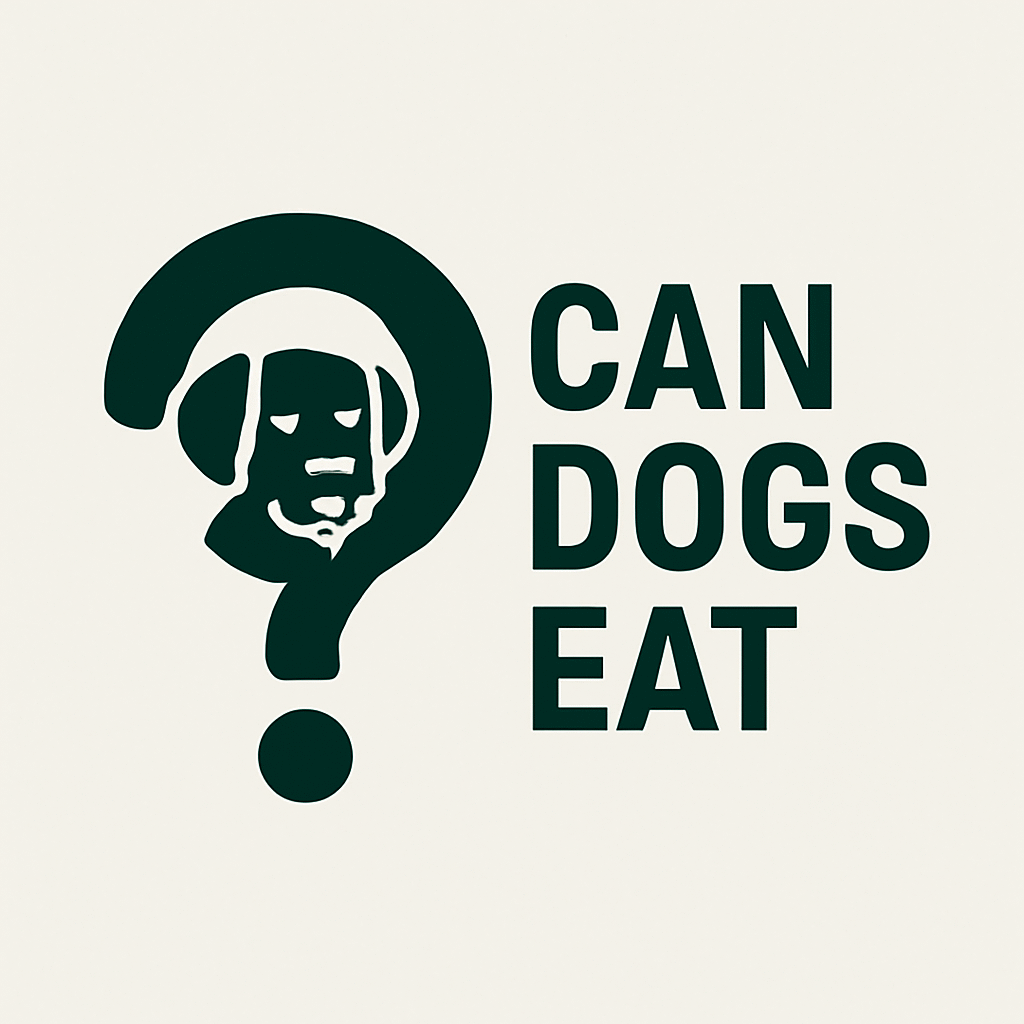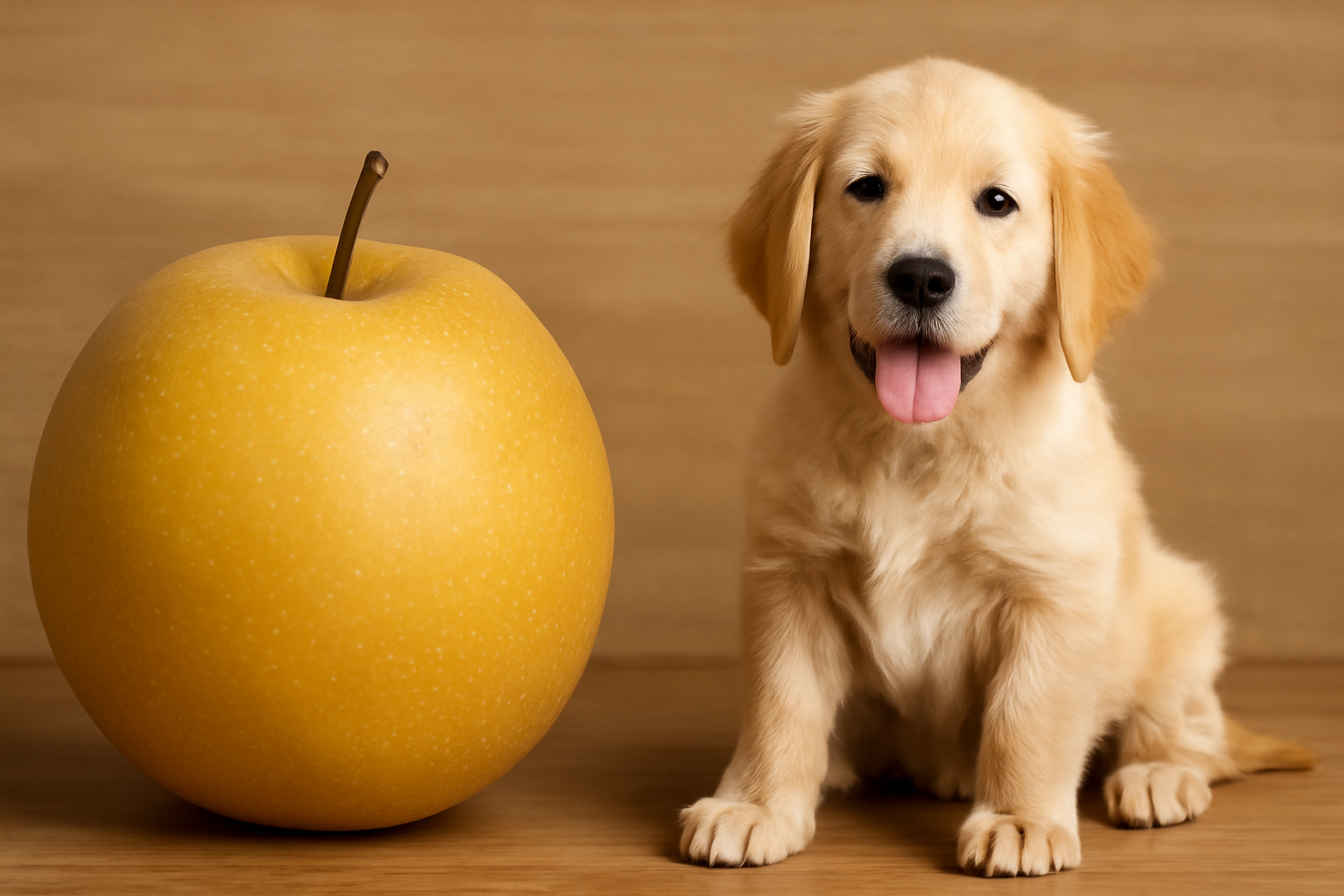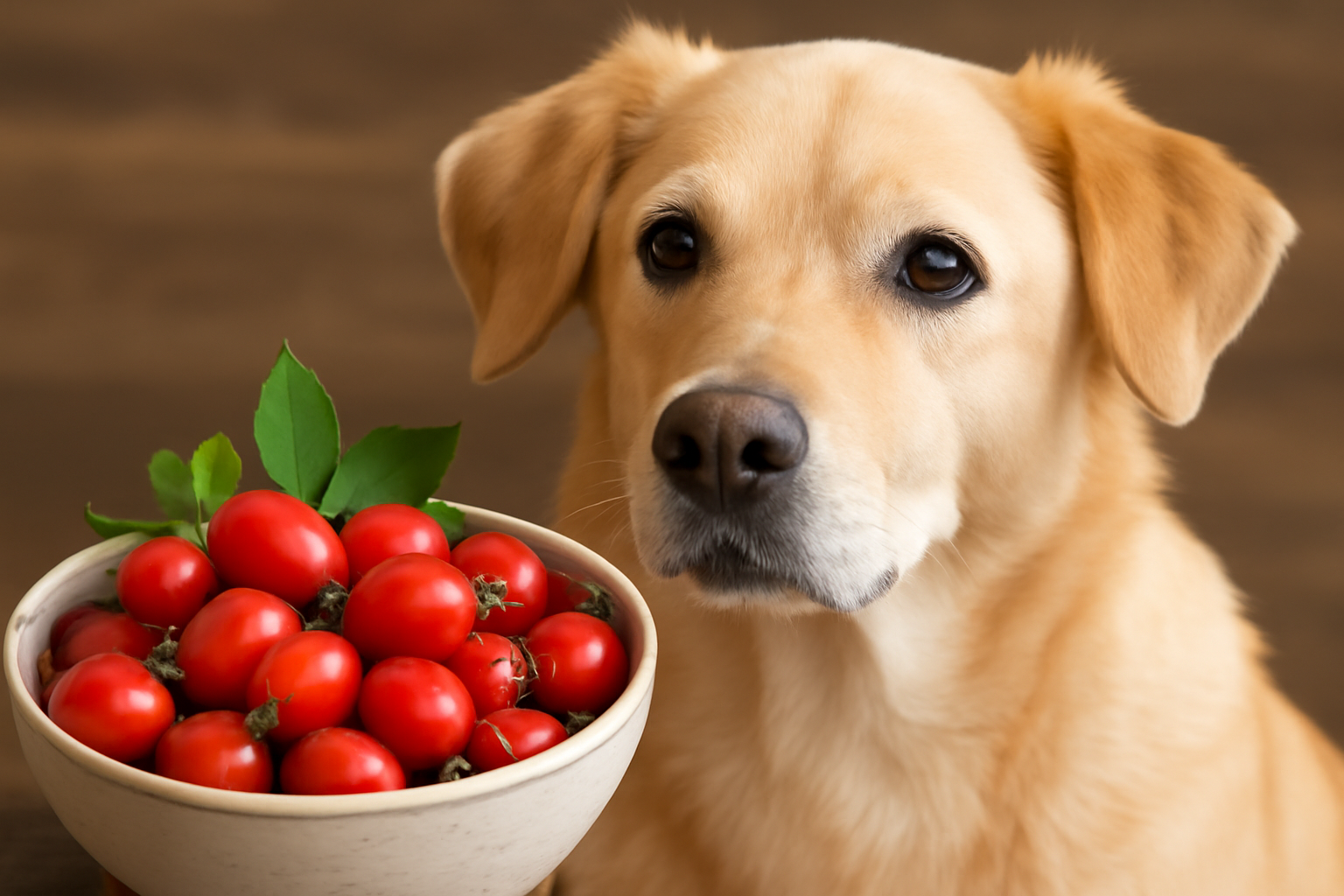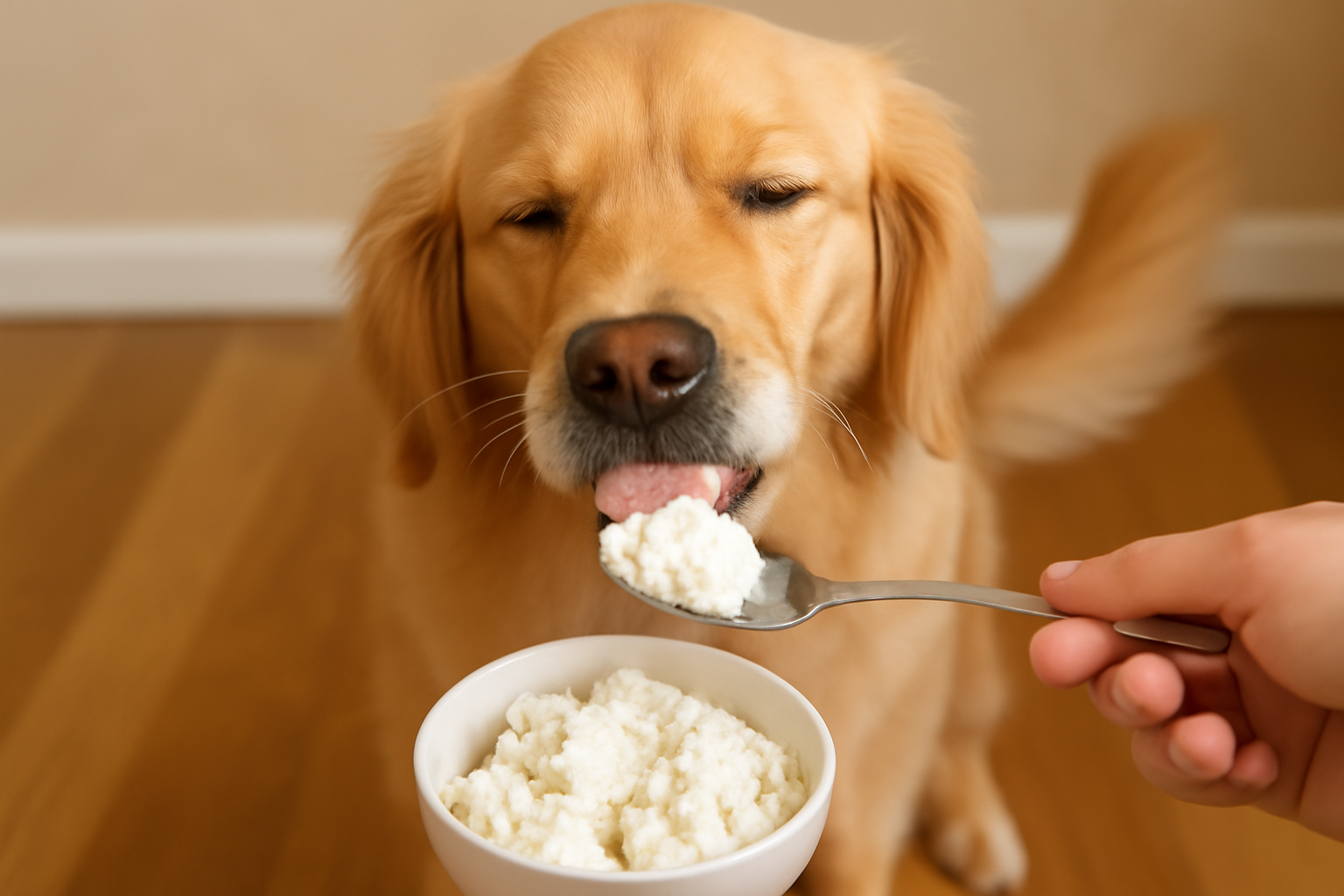Can Dogs Eat Jello? 🐶🍮
As dog owners, we want to treat our pets with love and care, and sometimes that means sharing a snack. But while it’s tempting to share our food with our furry friends, not all human foods are safe for dogs. One common treat we might wonder about is Jello. It’s a fun and colorful snack enjoyed by many, but can dogs eat Jello too?
In this article, we will explore whether Jello is safe for dogs, what ingredients you need to be cautious of, the potential risks, and healthy alternatives. We’ll also answer some frequently asked questions and provide helpful tips for keeping your dog safe. So, let’s dive in and learn if Jello is a treat that’s okay for your dog! 🐕💚
What is Jello? 🍮
Jello is a popular gelatin dessert made from gelatin, sugar, and flavored syrups. It is typically served in a fun, colorful, wobbly form and can be found in many homes, especially as a dessert or snack. People usually make Jello by dissolving powdered gelatin in hot water, adding sugar and flavoring, and letting it set in the refrigerator until it becomes firm.
Although Jello can be a fun treat for humans, it’s not always suitable for dogs. Let’s take a look at the main ingredients in Jello and see why it might not be the best choice for your furry friend.
Why Should Dogs Avoid Jello? ⚠️
1. High Sugar Content 🍬
One of the most significant concerns with Jello is its high sugar content. Dogs do not need added sugar in their diets, and feeding them sugary foods regularly can lead to several health problems:
- Obesity 🐕: Too much sugar can cause your dog to gain weight, which can lead to joint issues, heart problems, and more.
- Diabetes 🍭: Just like humans, dogs are at risk of developing diabetes if they consume too much sugar over time.
- Dental Problems 🦷: Sugar contributes to tooth decay, which can lead to painful dental issues and costly vet visits.
If your dog eats too much Jello, it may suffer from digestive problems like vomiting 🤮 and diarrhea 💩, especially if they are not used to sugary foods.
2. Artificial Sweeteners (Like Xylitol) 🚫
Many sugar-free Jello varieties contain xylitol, an artificial sweetener that is highly toxic to dogs. Even small amounts of xylitol can cause serious health problems, such as:
- Low Blood Sugar (Hypoglycemia) 🩸: Xylitol causes a rapid release of insulin in dogs, which can lead to dangerously low blood sugar levels. Symptoms of hypoglycemia include weakness, confusion, tremors, and even seizures.
- Liver Failure 🏥: In severe cases, xylitol poisoning can lead to liver failure, which can be fatal if not treated immediately.
- Seizures ⚡: Xylitol toxicity can cause your dog to have seizures, which require immediate veterinary attention.
Always check the ingredients in sugar-free Jello to ensure it does not contain xylitol. If your dog eats any food with xylitol, call your vet right away.
3. Artificial Coloring and Additives 🌈
Jello is often brightly colored with artificial dyes. While these dyes are safe for humans in small amounts, they can cause issues for dogs, especially if consumed regularly. Some of the risks include:
- Allergic Reactions 🤧: Some dogs are sensitive to artificial food coloring, which can cause skin irritations, rashes, or itching.
- Digestive Upset 💥: The additives and dyes in Jello can irritate your dog’s digestive system, leading to nausea, vomiting, or diarrhea.
- Behavioral Issues 😡: Some studies suggest that artificial food coloring may cause hyperactivity or other behavioral issues in sensitive dogs, though this is still debated.
For a healthier option, it’s best to avoid foods with artificial coloring and look for natural alternatives.
4. Gelatin 🍮
Gelatin, the main ingredient in Jello, is made from animal collagen, which is derived from the bones, skin, and connective tissue of animals. While gelatin is generally safe for dogs in small amounts, there are a few things to consider:
- Too Much Gelatin 🐾: Feeding your dog too much gelatin can lead to digestive problems such as bloating or constipation.
- Not a Nutritious Treat 🍴: Although gelatin is a good source of collagen and can be beneficial for joint health in moderation, it doesn’t provide many other nutrients that your dog needs. It’s not a complete or balanced food source, so it should not replace regular meals.
If you want to give your dog a gelatin-based treat, there are safer, more nutritious options available, such as homemade dog-friendly gelatin.
How to Safely Treat Your Dog with Jello? 🍽️
If your dog accidentally eats a small amount of regular Jello, it is unlikely to cause serious harm, but it’s still best to avoid feeding it to your dog regularly. If you do want to give your dog Jello, follow these guidelines to minimize the risks:
- Use Natural Ingredients 🌱
If you make Jello at home, choose natural sweeteners (like honey or pureed fruit) instead of sugar or artificial sweeteners. You can also make your own gelatin-based treats using dog-safe ingredients like pureed pumpkin or strawberry puree. - Limit Serving Size 🍴
If you decide to give Jello to your dog, keep the portion small. Treats should make up no more than 10% of your dog’s total daily food intake. Jello should never replace a balanced, nutritious dog food diet. - Check for Reactions 👀
Monitor your dog closely after they eat Jello to see if they experience any discomfort or digestive upset. If you notice signs like vomiting, diarrhea, or bloating, stop feeding Jello and consult your vet.
Healthy Alternatives to Jello for Dogs 🍏
Instead of Jello, there are many healthier, dog-friendly alternatives you can share with your pet that will still satisfy their sweet tooth. Here are some ideas:
- Frozen Fruit 🍓
You can freeze small pieces of apples, blueberries, or strawberries for a refreshing, healthy treat. These fruits are packed with vitamins and antioxidants that support your dog’s health. - Homemade Dog Gelatin 🐕
Make your own dog-safe gelatin treats by using pureed fruit (like strawberries or watermelon) mixed with unflavored gelatin. These treats are easy to make and are much healthier for your dog than regular Jello. - Peanut Butter Frozen Treats 🥜
You can make your dog’s version of frozen Jello by mixing peanut butter (make sure it’s xylitol-free) with a small amount of water and freezing it in molds. This will provide a cool, dog-safe treat that’s also rich in healthy fats and protein. - Plain Yogurt Pops 🍦
If your dog isn’t lactose intolerant, you can make yogurt-based pops by freezing plain, unsweetened yogurt in ice cube trays or molds. This provides a cool treat with probiotics to support digestion.
FAQ: Can Dogs Eat Jello? 🤔
1. Is Jello safe for dogs?
Jello is not the best treat for dogs due to its high sugar content, artificial sweeteners, and artificial coloring. While small amounts of plain Jello may not harm a dog, it should be avoided regularly.
2. Can dogs eat sugar-free Jello?
Sugar-free Jello can be dangerous for dogs because it often contains xylitol, an artificial sweetener that is toxic to dogs. Always check the ingredients before offering any sugar-free treats to your dog.
3. What happens if a dog eats Jello?
If your dog eats a small amount of Jello, they may experience digestive upset such as bloating, diarrhea, or vomiting. If your dog eats a large amount or sugar-free Jello with xylitol, it’s important to contact your vet immediately.
4. Can I make Jello at home for my dog?
Yes! You can make a dog-friendly version of Jello at home by using natural fruit purees and unflavored gelatin. This will be a healthier, safer option for your dog.
5. Can Jello cause diabetes in dogs?
Feeding your dog sugary treats like Jello regularly can increase the risk of diabetes. Excessive sugar in a dog’s diet leads to weight gain, which can contribute to insulin resistance and diabetes. Moderation is key.
Conclusion 🌟
In conclusion, while Jello is not toxic to dogs in small amounts, it is not a healthy treat. The high sugar content, artificial sweeteners, and coloring make it a poor choice for your dog’s diet. There are much healthier alternatives, like frozen fruit, homemade dog gelatin, or peanut butter treats, that are safer and better for your dog’s health.
If your dog eats Jello, monitor them for any signs of discomfort or digestive upset. If you notice anything unusual, contact your veterinarian for advice. Always prioritize healthy, natural treats over sugary or artificial ones to keep your dog happy and healthy!




